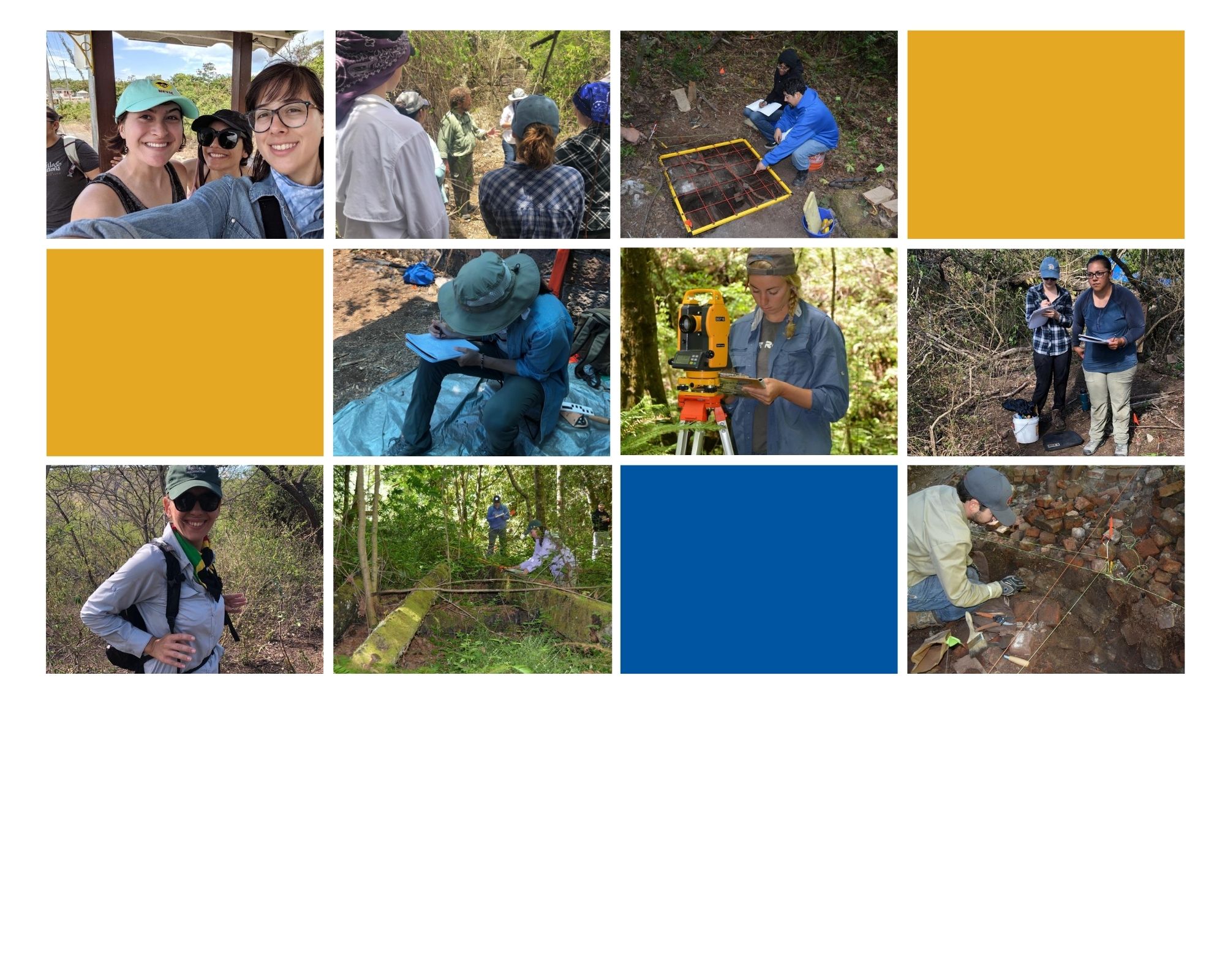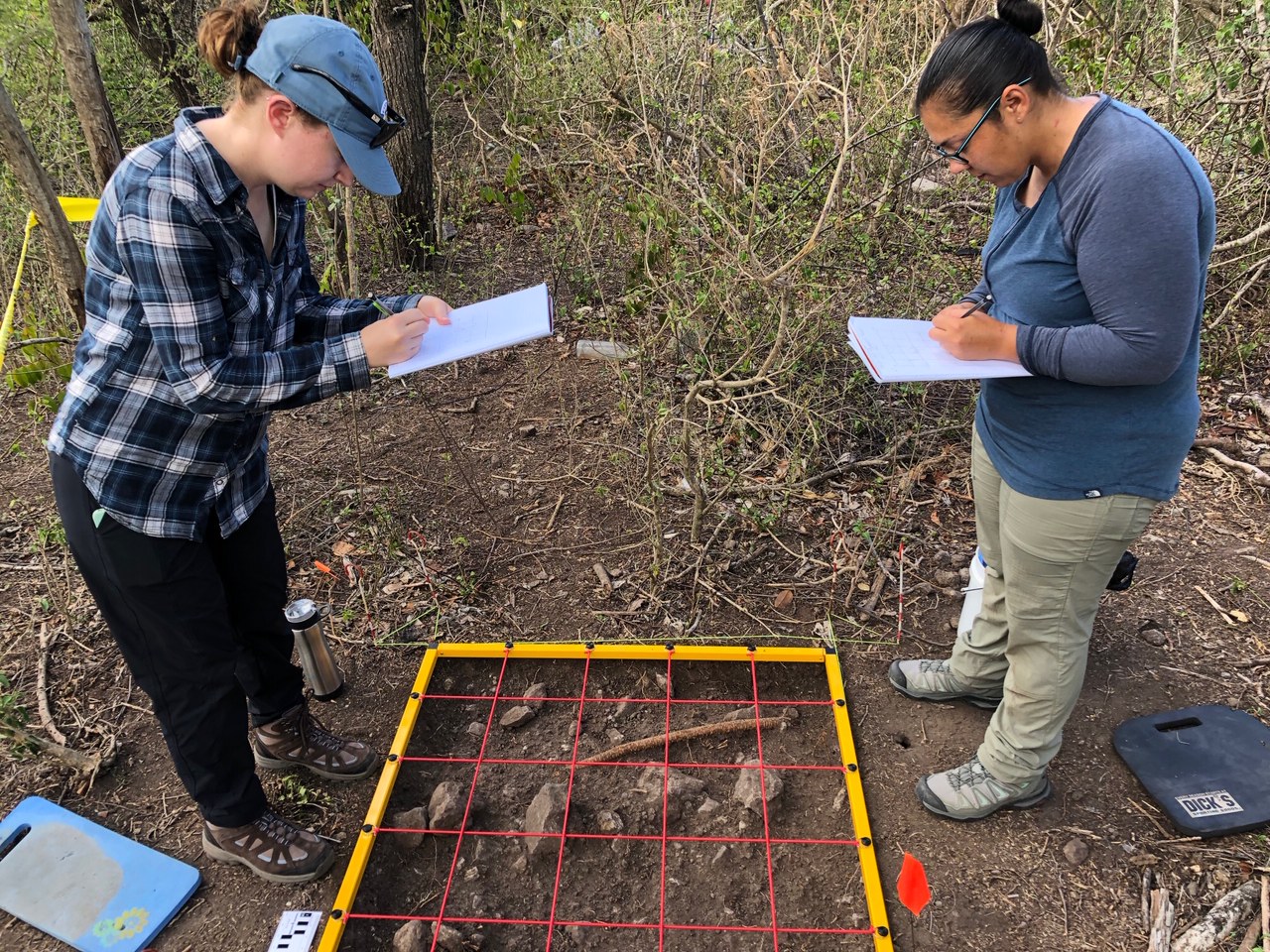Field Schools

Students were trained in archaeological survey, artifact identification, and use of professional industry-standard survey technology, such as GPS, Total Station, and GIS mapping. These are essential skills for employment in Cultural Resources Management or governmental agencies engaged in archaeological research and preservation. Such field experience is also critical to those individuals seeking higher education in archaeology to be competitive for entry into graduate school. Students also processed artifacts, generated maps, and wrote sections for the annual field report.

Nevis, St. Kitts Field School, 2019
During July 2019, Professor Marco Meniketti led an archaeological excavation in the island of Nevis, part of the St. Kitts-Nevis Federation. Students were introduced to archaeological fieldwork and research methods through hands-on fieldwork on the main site of Bush Hill. Through this program, students were able to focus on developing and broadening their understanding of practical research design, site survey, excavation techniques, adapting to unexpected problems during research, and the context for archaeological interpretation. These techniques gave an idea how archaeologists use various methods to learn about the past. Students also lived and interacted with Nevisians. This allowed the students to learn more about their views and values. This field school gave students a full experience in archaeology, but most importantly to a new culture.
Nisene Marks State Park Field School
The archaeological field school took place at The Forest at Nisene Marks State Park, in Santa Cruz County, was designed to give students hands-on field experience in an authentic research environment. The study concentrated on the ruins of the Loma Prieta Mill, once the largest lumber operation in the state. The research was focused on the study of the early California timber industry and the role played by this and related industries in regional development and transportation, while also investigating the role of various immigrant groups. There is evidence in the historical record of Chinese, Italian, German, Chilean, and other ethnic groups as contributing to the industry in various occupations.